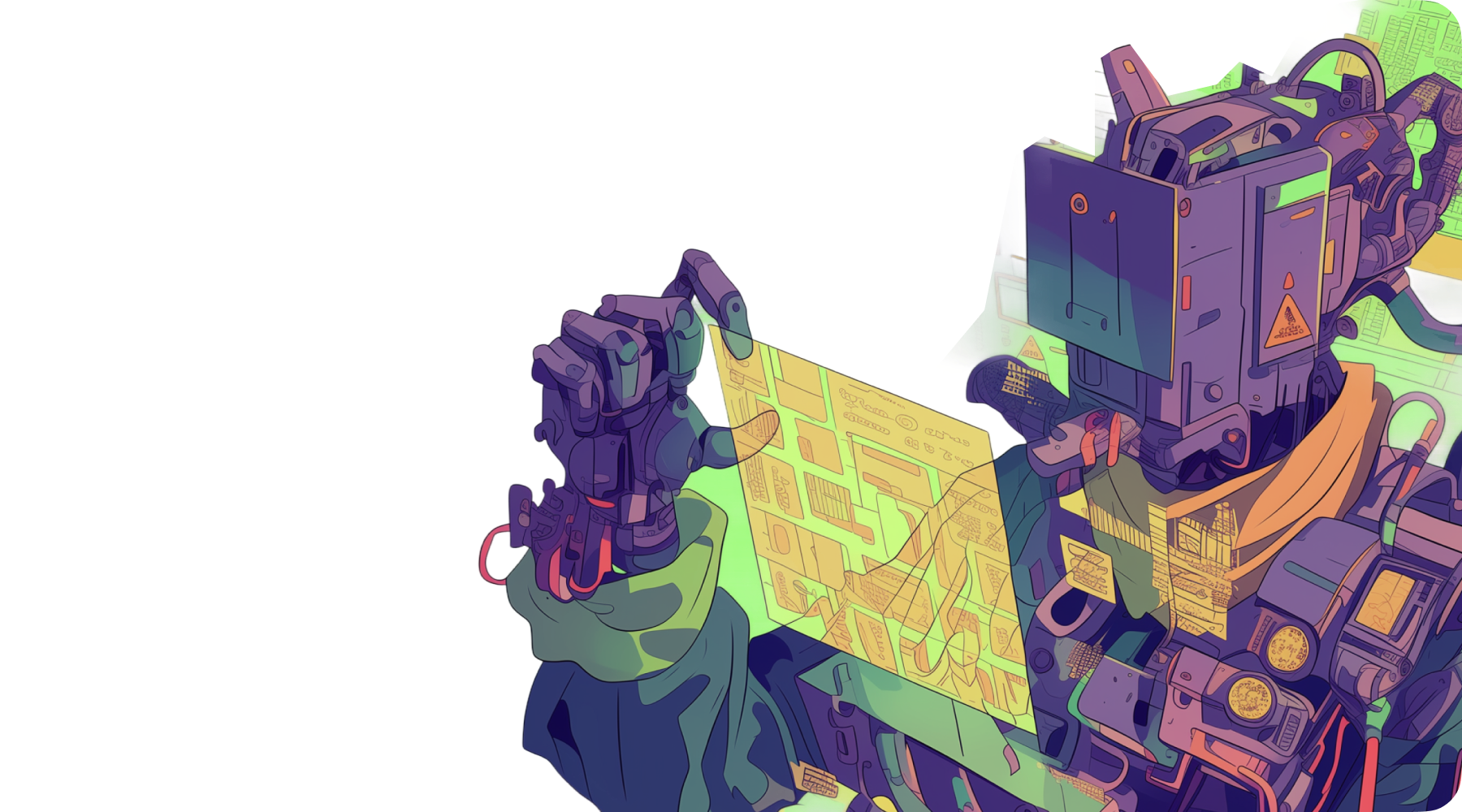Fine-Tuned Models: Private Customization
Fine-tune foundation models on proprietary data inside TEEs. Better accuracy, zero data leakage. Keep your training data, gradients, and custom weights encrypted with hardware-enforced privacy.
Why Private Fine-Tuning Matters
Custom performance demands private corp data; Phala lets you use it safely.

Training data contains business secrets
Traditional cloud infrastructure exposes sensitive information to operators and administrators.
More Information
Fine-tuned weights encode proprietary knowledge
Hardware-enforced isolation prevents unauthorized access while maintaining computational efficiency.
More Information
Model gradients can leak training examples
End-to-end encryption protects data in transit, at rest, and critically during computation.
More Information
Vendors should never see your data or weights
Cryptographic verification ensures code integrity and proves execution in genuine TEE hardware.
More InformationHow It Works

End-to-end confidential fine-tuning with hardware attestation and encrypted artifacts.

Fine-Tuning LLaMA 3 with Unsloth on Phala Cloud
7-Step Tutorial: Confidential fine-tuning with hardware attestation and encrypted artifacts
Environment Setup
Install Unsloth and Hugging Face libraries with GPU support
Loading Chat Dataset Securely
Mount and load encrypted fine-tuning dataset in conversational format
Loading LLaMA 3 with Unsloth
Load base model with 4-bit quantization and memory optimization
Applying LoRA Adapters
Add Low-Rank Adapters to attention and feed-forward layers
Fine-Tuning with TRL
Supervised fine-tuning using HuggingFace TRL SFTTrainer
Merging LoRA into FP16 Weights
Merge LoRA adapters into base model for deployment
Saving and Uploading Model
Push merged model to Hugging Face Hub for inference
Fine-tune medical chatbots on patient conversations Private training on sensitive healthcare data with TEE isolation

Train sales assistants on conversation data Fine-tune on proprietary sales dialogues without data leakage
Fine-tune hiring models on resume data Private training on candidate information with compliance guarantees
Industry-Leading Enterprise Compliance
Meeting the highest compliance requirements for your business




Explore Our Solutions
Discover how Phala Network enables privacy-preserving AI across different use cases
Frequently Asked Questions
Everything you need to know about Private Fine-Tuning
What's the difference between full fine-tuning and LoRA fine-tuning?
Full fine-tuning updates all parameters of the base model, which requires huge compute and storage. LoRA (Low-Rank Adaptation) inserts small, trainable layers that capture the changes during fine-tuning, while keeping the base model frozen. On Phala, LoRA fine-tuning is the default because it's 10× faster, 10× cheaper, and can fit on a single GPU — yet can later be merged into full weights for deployment.
How does Unsloth improve fine-tuning performance?
Unsloth rewrites Transformer internals with custom Triton kernels, FlashAttention 2, and optimized quantization (4-bit QLoRA). It reduces VRAM use by up to 70% and increases training throughput by 1.5–2×. On Phala's H200 GPU TEEs, you can fine-tune large models like LLaMA 3 efficiently in real time.
Can I fine-tune large models like LLaMA 3 or Mistral with limited GPUs?
Yes. Phala Cloud allocates H200 or A100 enclaves with sufficient memory, and Unsloth's QLoRA compression lets 8B–13B models fine-tune comfortably on a single GPU. Multi-GPU distributed training is also supported via dstack orchestration.
How long does fine-tuning take on Phala Cloud?
It depends on model size and dataset volume. As a rule of thumb, an 8B model with 100k chat samples typically completes in 4–6 hours on a single H200, using LoRA fine-tuning. Full-weight merges add only a few minutes after training.
Is my training data encrypted during fine-tuning?
Yes. On Phala, all data is encrypted at rest, in transit, and in use. Your dataset is only decrypted inside a hardware Trusted Execution Environment (TEE) after remote attestation confirms the correct code. Even Phala's operators can't view your data.
Can others see or copy my fine-tuned model?
No. The entire training job runs in an isolated enclave, and the model artifacts are encrypted. Only you (the job owner) can export or share the resulting weights after attestation.
What compliance frameworks does Phala's training support?
Phala's confidential compute model aligns with the technical requirements of GDPR, HIPAA, and SOC 2. Remote attestation and audit logs provide verifiable proofs that your data was processed securely.
Does fine-tuning inside a TEE reduce model quality or performance?
Not in practice. The GPU TEE overhead is typically under 5%, and all kernels run natively on the H200 hardware. You get native performance with added privacy guarantees — no need to trade off accuracy for security.
Can I merge LoRA adapters into full weights for deployment?
Yes. After training, you can call save_pretrained_merged() in Unsloth to combine LoRA deltas with base weights, producing a full FP16 model ready for inference. This makes deployment easier — no LoRA adapter loading required.
Who owns the fine-tuned model after training?
You do. Phala acts only as the confidential runtime provider. The base model license (e.g., LLaMA's non-commercial license) still applies, but the fine-tuned derivative is your intellectual property.
How do I deploy my fine-tuned model?
You can deploy it directly to Phala's Inference TEEs, which expose OpenAI-compatible APIs. Alternatively, push it to Hugging Face Hub or your private registry, then run inference from your preferred stack.
Can I verify where and how the fine-tune was executed?
Yes. Each Phala fine-tune job generates a cryptographic attestation report — signed by the enclave hardware vendor — proving that your training ran on genuine secure hardware with a verified code base.
Start Private Fine-Tuning Today
Customize LLMs on your proprietary data with hardware-enforced confidentiality and zero-knowledge guarantees.
Deploy on Phala- LoRA/PEFT support
- Multi-GPU training
- Sealed checkpoints
- Training attestations
- 24/7 technical support







